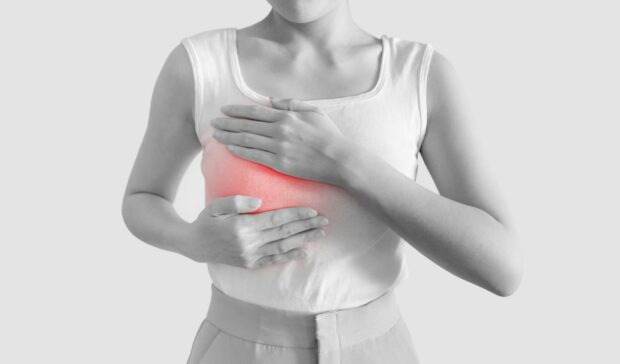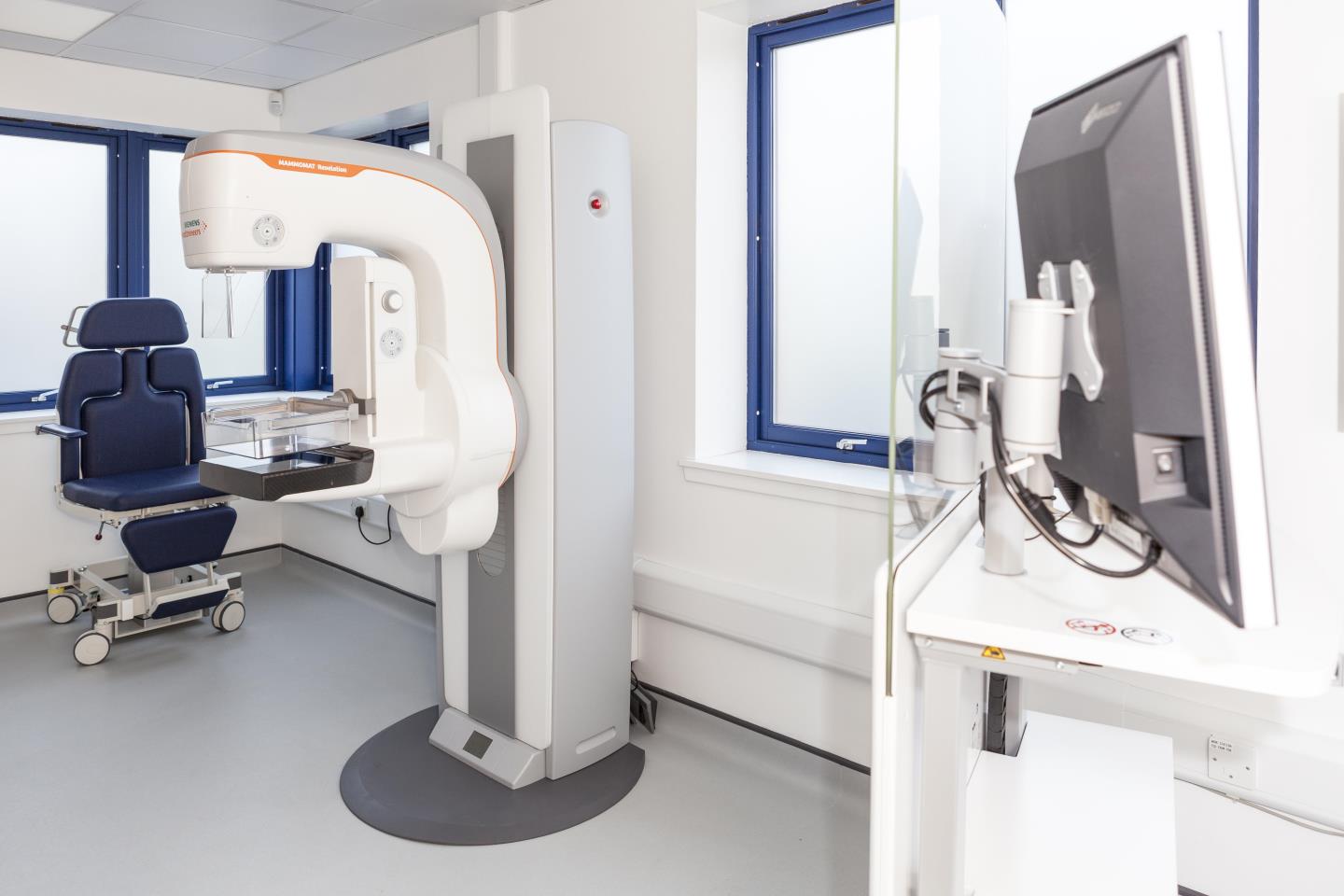Breast cancer survival rates have doubled in the past 40 years. This encouraging statistic is expected to continue to rise, due to improvements in diagnosing and detecting breast cancer early, as well as in treatment. The technology is helping – here’s how you can play your part.
-
Some Press and Journal online content is funded by outside parties. The revenue from this helps to sustain our independent news gathering. You will always know if you are reading paid-for material as it will be clearly labelled as “Partnership” on the site and on social media channels.
This can take two different forms.
“Presented by”
This means the content has been paid for and produced by the named advertiser.
“In partnership with”
This means the content has been paid for and approved by the named advertiser but written and edited by our own commercial content team.
The first step to detecting breast cancer early is women examining their breasts regularly. According to a YouGov survey commissioned by Breast Cancer Now, more than a third (39%) of women in the UK do not check their breasts regularly for potential signs of breast cancer.
Many women are too young to have started screening by the UK breast screening service, which invites women from 50 to 70 for a mammogram every three years. Self-examination between mammograms is vital.
Here are six symptoms to look out for when examining your breasts. If you spot them, an early consultation could prove vital:
- A lump or area of thickened tissue in either breast
- A change in the size or shape of one or both breasts
- Discharge from either of your nipples (which may be streaked with blood)
- A lump or swelling in either of your armpits
- Dimpling on the skin of your breasts
- A rash on or around your nipple.
Why detecting breast cancer early is so important
While it’s good news that breast cancer survival rates have doubled in the past 40 years, breast cancer is still the leading cause of death in women under the age of 50 in the UK.
In fact, it’s the most common cancer in women the UK overall, with one woman diagnosed every 10 minutes, making access to screening and early diagnosis absolutely vital. With that in mind, ROC Private Clinic on the outskirts of Aberdeen invested in state-of-the-art imaging and consulting rooms for its new Breast Care Service, which opened last year.
How state-of-the-art technology is helping in breast cancer diagnosis and treatment
Apart from early access to screening that ROC provides, it is also the only Private Clinic in the UK which routinely uses 3D imaging, as opposed to the 2D imaging used by the NHS for UK national breast screening mammograms.
The full 3D image provides a greater detection rate and consequently greater peace of mind.
ROC also offers Transpara, an artificial intelligence software, which increases dramatically the number of number of scans which can be processed. Transpara can provide 50 reports in 10 minutes, as opposed to having two qualified radiologists examine each scan individually and provide their findings from that.
It has been used routinely in the US for around four years and there are trials beginning in certain NHS England trusts but, so far, the NHS in Scotland have not commissioned any trials.
Get peace of mind when it comes to breast changes and cancer
State-of-the-art imaging is only one part of the ROC Clinic’s thorough Breast Care Service.
The One-Stop Clinic service can offer an assessment of any breast abnormalities. It begins with consultation and examination with one of the experienced breast surgeons.
Then there is mammography or ultrasound examination and, if required, fine needle biopsy.
What this does is provide a complete diagnostic assessment for detecting breast cancer in one appointment, reducing that anxiety-inducing period between initial investigation and diagnosis.
Put your mind at rest. Find out more about the services on offer at ROC Clinic in Aberdeen for detecting breast cancer.

